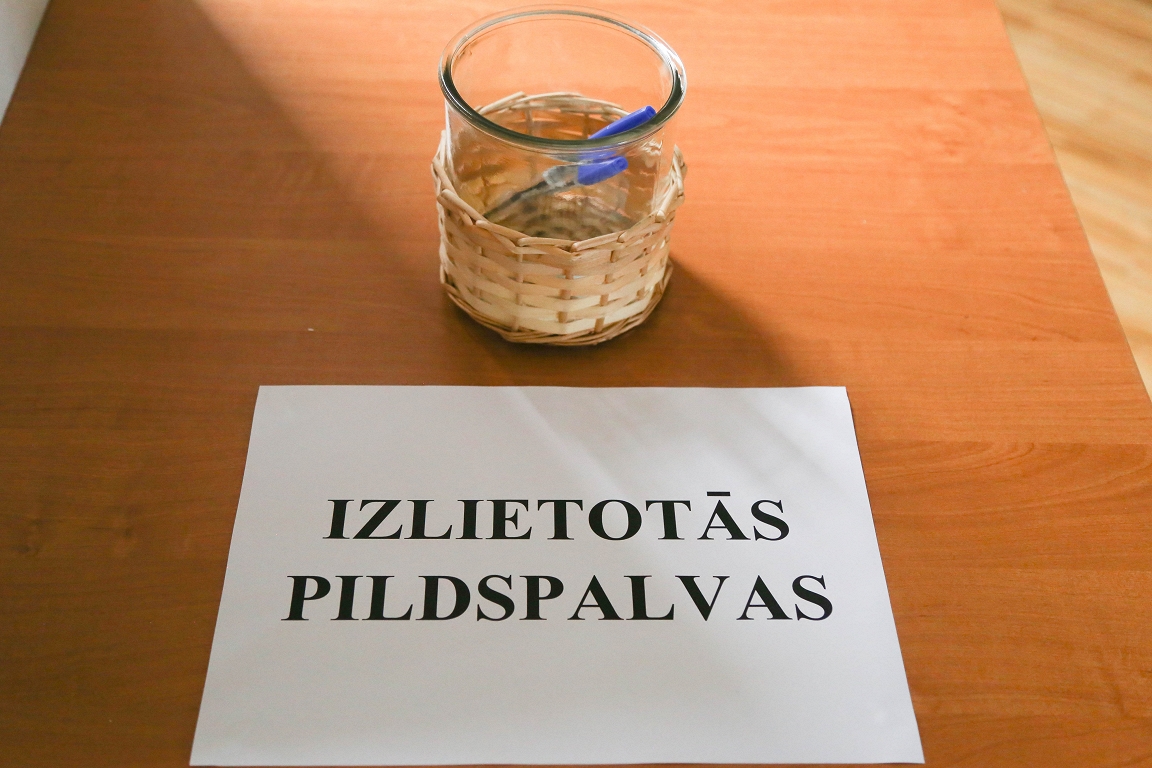Review: Strong and elegant exhibition of Goldin+Senneby

A sea of solidified resin spreads on the floor of Goldin+Senneby’s exhibition « Flare-up ». Above this spectacular landscape runs a ramp of blue wood, attacked by bark drills. In the room next to the sculptures from the series « Multipla scars », brilliant and amber casts of scarring on trees that were dropped on resin.
It is now no simple picture of the effects of predatory on nature and living beings. As often in the artist duo, the works become nodes in a system of associations, where things are linked together in more and less unexpected ways (see interview in DN 8/3).
Few artists have presented so conceptually developed projects in recent decades. In one of their earliest works « Headless » (2007–2015) initiated the surveys of an offshore company in the Bahamas, a process that developed into a picture of the international financial system’s evasive and labyrinth character.
An important part of their Works are that they are often made in collaboration with other – writers, economists, scenographers – who also regularly appear in the artists’ place. One way to work as art historian Claire Bishop called « delegated performance », art projects that deliberately appropriations the outsourcing logic of our time.
Which Goldin+Senneby went to its forefront in « Eternal employment », their notable proposal for public works of art to the Korsvägen station in Gothenburg. An eternally ongoing performance designed so that the work would last as long as our current economic system – where money generates more money than work – continues to prevail.
The exhibition at Accelerator feels different from that perspective. Here the materials are allowed to work to a greater extent. These are visually strong works, sometimes perhaps well clear. Like the tree -like sculptures, « pheromone traps », formed into aggressive murderer machines for bark drills. A night -black picture of monoculture and the destruction of the complex interaction that is the basis for diversity in an ecological system.
But the artists also have put themselves to work in a new way, more specifically through Jakob Senneby’s experiences of living with MS, multiple sclerosis.

In one of the strongest works, « The Crying Pine, » the disease is set in relation to a pine that was genetically modified in an American laboratory to overwrite resin. The experiment succeeded above all expectations but had to be interrupted due to the cancellation of the resin. Now the pine plant has ended up in Stockholm, « Devitized » and embedded in resin, illuminated from the inside. At once beautiful and sad.
In a performance lecture in connection with the exhibition, the artists described two events in parallel. One Jakob Senneby’s experiences of the body’s changes during the twenty years he has lived with MS, and not least the meetings with a medical science with a look in all sentences. The second when zoologist Elie Metchnikoff in 1882 pushed a citrus tag (from a Tangier entry) into a starfish and called the reaction in the cells for « immune system ».
If immunity was previously a legal term in connection with the taxation of land, it was now introduced for the first time as a medical concept, which described the body as in around with its surroundings. And with himself.

One might call the exhibition Autobiographical, but Goldin+Senneby’s surveys, as before, connect the closest here and now with mechanisms that also effect on a larger level.
It is elegant and mastered. But I also perceive an anger in the way the works take on a systemic violence. A tag in a transparent body, profit -driven pharmaceutical companies, an understanding of the body’s boundaries shaped by war metaphors.
Read more








